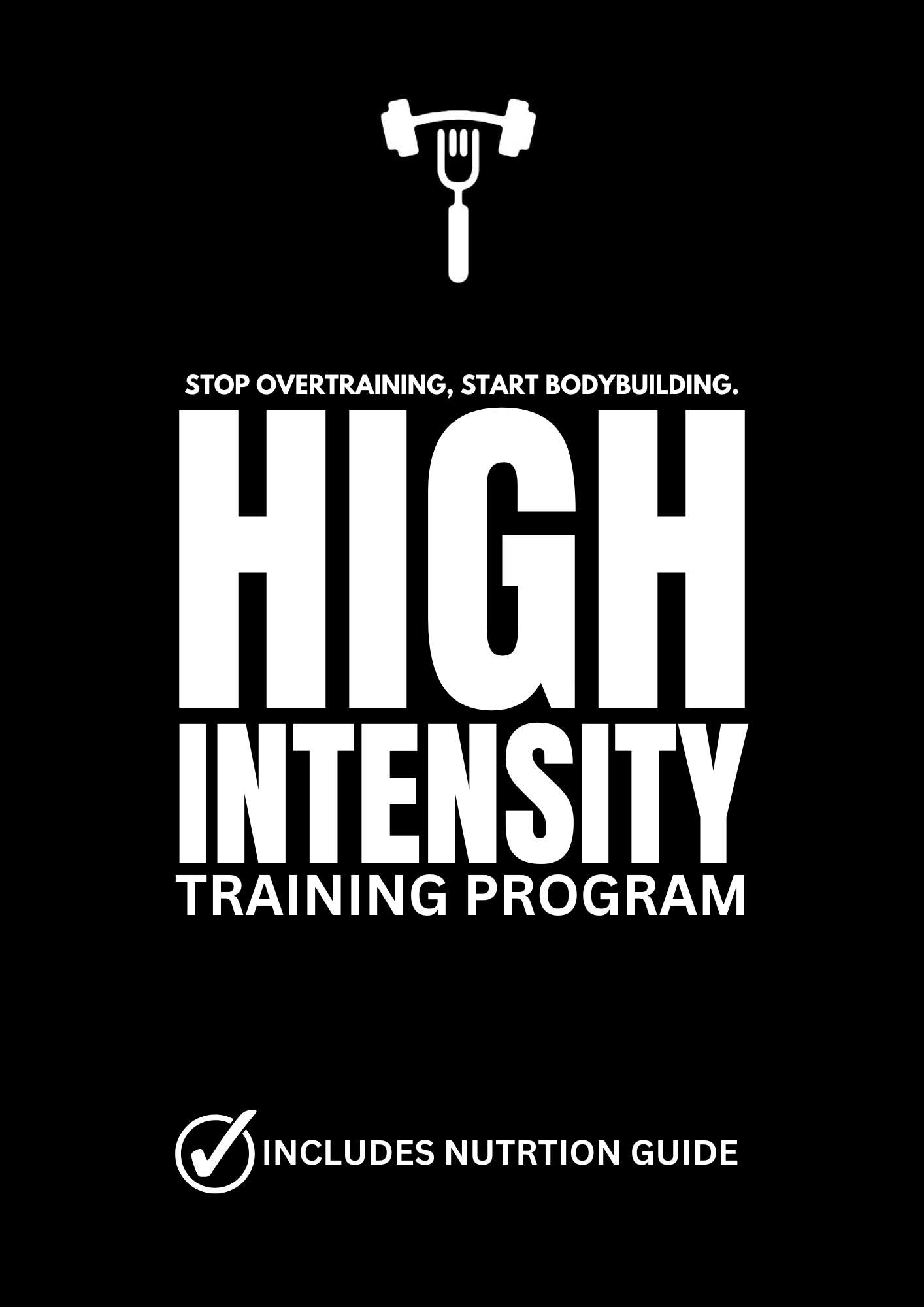Strategies to Break Through Training Plateaus

In the pursuit of bodybuilding goals, hitting a plateau can be frustrating and demotivating. It's the point where progress seems to stagnate, regardless of your efforts. However, understanding the concept of overtraining and employing proven strategies can help you break through these plateaus and tap into your true fitness potential. In this article, we'll delve into the nuances of overtraining, explore a methodology pioneered by fitness experts like Mike Mentzer, and uncover strategies to optimize your training routine for maximal gains.
Understanding Overtraining:
Overtraining is often misunderstood as merely wasted effort. In reality, it's a state where the body is pushed beyond its optimal recovery capacity, leading to diminished progress and potential negative health consequences. As Mike Mentzer would say, overtraining isn't just wasted effort; it's the barrier preventing you from reaching your full potential.
Exploring the Methodology:
The methodology we'll be discussing is based on high-intensity training principles. This approach emphasizes intensity, focused effort, and heavy weights to stimulate muscle growth effectively. Let's delve into its core pillars:
1. Scientific Significance of Intensity:
Integrating high-intensity workouts into your routine is crucial for triggering muscle hypertrophy. By focusing on fewer sets and pushing each set to the point of muscle failure, you stimulate deep muscle fibers, promoting significant growth.
2. Understanding Momentary Muscular Failure:
Unlike traditional training methods that prioritize volume, this methodology highlights the importance of training to the point of momentary muscular failure. By pushing your muscles beyond their accustomed limits, you create the stimulus necessary for substantial gains.
3. Optimizing Training Frequency:
To prevent overtraining, it's essential to determine the optimal training frequency based on individual factors such as fitness level, recovery capacity, and goals. Tailoring your training schedule to allow for adequate rest and recovery is key to maximizing results.
4. Implementing Adequate Rest and Recovery:
Rest and recovery are fundamental components of muscle growth that are often overlooked. Emphasizing the importance of ample recovery time between workouts helps prevent overtaxing the body. Adequate sleep, proper nutrition, and active rest days are essential for optimizing the training process and promoting overall well-being.
Conclusion:
Breaking through training plateaus and unlocking your true bodybuilding potential requires a strategic approach that prioritizes intensity, recovery, and individualized training frequency. By understanding the nuances of overtraining and implementing proven strategies, you can overcome barriers and achieve your fitness goals effectively. Remember, progress takes time and patience, but with dedication and perseverance, you can reach new heights of strength and performance.

